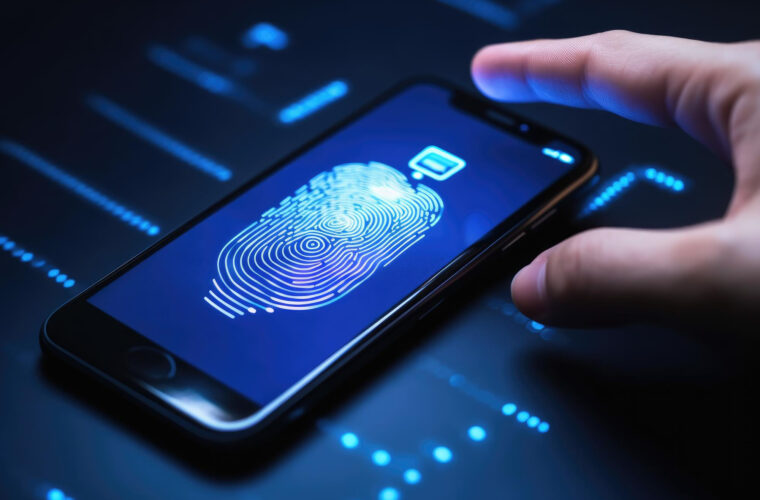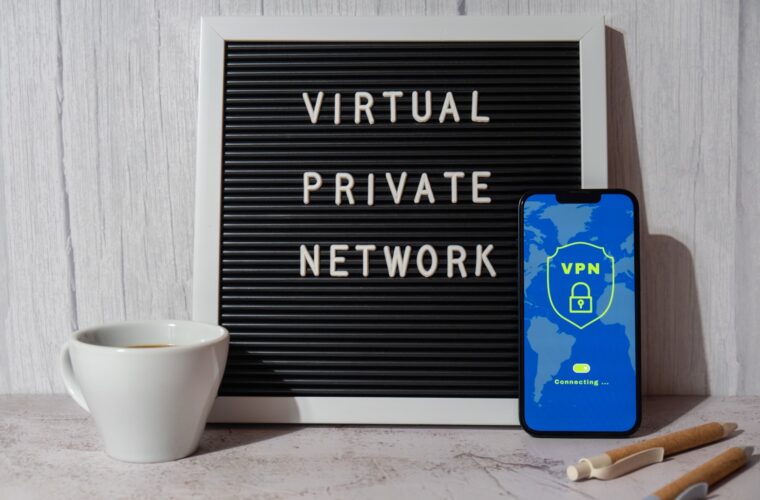What benefits brings the Multi Factor Authentication implementation in everyday processes
For the past years, the security of different information systems has relied on the function of the password. The more the password filled the requirements to be stronger and adapt to safety standards, the better the quality of the security provided for the user’s authentication would be. But with the passing of the years, the hackers’ methodologies have advanced rapidly, to the point that they have managed to bypass different authentication forms and reached their final goal…full access to the system. Since these hacking techniques are growing fast, the cyber defense needs to take measures on its own to prevent attacks from happening. The constant rise in cyberattacks revealed the true vulnerabilities of standard password authentication. But does this mean we should ditch the old-school method of logging into our online accounts with passwords? Can a password alternative like multi-factor authentication (MFA) help?
All these questions raised made the MFA approach the new standard policy that should be implemented in every information system. But what exactly is Multi-Factor Authentication, and how can it help achieve more safety for its users?

Multi-Factor Authentication- a short explanation
Imagine having to pass through double doors to get inside a house. MFA is the double door for online security that lets you log into your accounts or access apps and resources only after passing through two verification processes. It adds an extra layer of security by requesting a second way of authentication alongside your standard method of signing in with your username and password. This could be an SMS code you may receive on your phone or a confirmation number sent to your devices via apps and services like Google Authenticator. While accessing any resource, you receive an MFA notification which entails answering the question, “Did I request this access, or is someone trying to access my account?” This ensures that each transaction is secure because access will not be granted without your consent. And it also keeps the users actively engaged in the authentication process.
The importance of the implementation of MFA
Multi-factor authentication is considered one of the most important parts when discussing security policies and ensuring added safety for users. MFA prevents threat actors from gaining initial access to your accounts by asking them to provide an additional piece of evidence first. Even though the credentials are a form of security standards, they can be easily broken down by brute force attacks, which allows hackers to find the right credentials of a user and get the key to open the entry door of a system. Also, corporations often overlook certain authentication aspects, such as email and business applications. MFA safeguards these neglected entities, ensuring that no email accounts or apps get exploited by criminals to gain access or escalate privileges into your environment.
Since the main objective for companies is to reduce risk, MFA is the way we can reach it. In a world where credential theft is one of the top risks, and stolen or weak passwords cause over 80 percent of hacking-related breaches, this kind of bulletproof authentication solution is crucial.
Multi-factor authentication adds more security layers by adding different factors to the login process. By enabling a stronger authentication, MFA reduces the risks and costs of the damages these types of attacks could cause.
Multi-Factor Authentication adaption to the workplace
As the workplace changes and more employees work outside the office, companies require more advanced MFA solutions to manage more complex access requests. Enter Adaptive MFA.
Since MFA offers multiple layers of protection, adaptive multi-factor authentication evaluates the danger a user presents whenever they request access to a tool or information, gazing at details like the user’s device and site for context. For example, an employee logging in from the corporate premises is in a trusted location and should not be prompted for an extra security factor. But if that same employee logs in from a restaurant, uses their devices to open work emails, or connects over an unsecured Wi-Fi network, they’ll be prompted to verify a further factor because they’re utilizing an untrusted location, device, or connection. Adaptive MFA also allows for dynamic policy changes and step-up authentication — significant controls in securing critical data. For example, users could also be prompted for a better assurance second factor, or even a 3rd one, before obtaining access to sensitive information.

Another benefit we can add is that MFA secures the environment, the people in it, and the devices they use without requiring complicated resets or standard security login policies. We all know that remembering passwords can sometimes be an ache. But the login process has become much easier with MFA, and the security factors added up. You can implement MFA alongside other login methods, such as Single sign-on. SSO allows you to use a single global password for all your accounts and systems.
Implementing MFA with Single Sign-on offers users, companies, and other entities excellent benefits. While SSO brings in the convenience factor, it focuses less on security, whereas MFA is more security-oriented. And a combo of SSO and MFA eliminates the need for multiple passwords, frees up IT teams’ resources, and streamlines and improves user experience.
Unfortunately, many companies are hesitant to implement MFA due to the misconception that it could be time-consuming or even costly. But in reality, MFA is a cost-effective/reducing solution that only requires a little work to implement in everyday work (or life) processes. Therefore, implementing MFA should be a critical security initiative when setting up corporate security policies.



